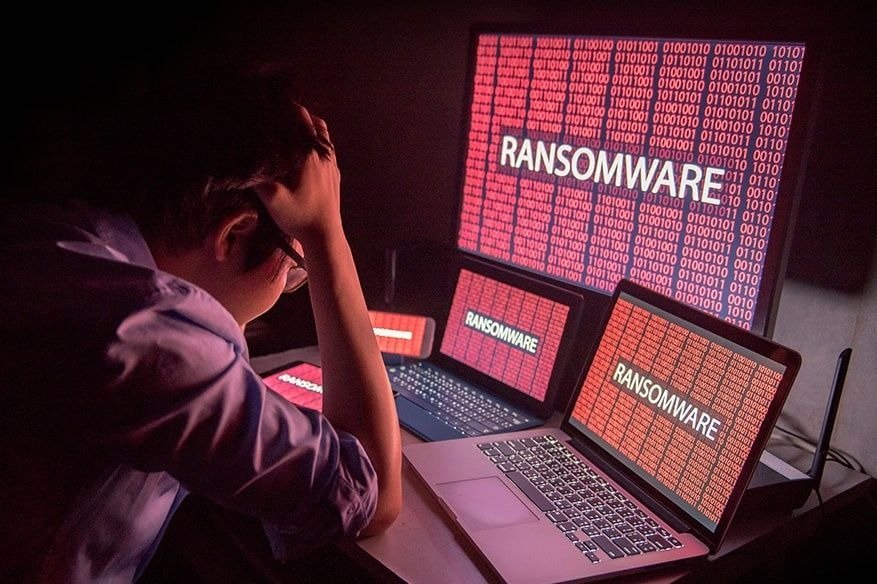How Can K-12 Schools Protect Their Data From Ransomware?

Student data is a hot cake and as the value goes up, a ransomware is more likely to be in the vicinity. This precisely is what put K-12 school districts in a vulnerable situation. It’s time for the IT team to fasten up their seatbelt and be prepared.
It makes no difference how many layers of security you have in order to counter ransomware, at some stage you are likely to leave a spillway enough letting your endpoint get infected. There have been more than 350 plus cyber-attack against K-12 schools related to ransomware since the beginning of the year.
At one point in the year 2016, nearly 60 percent of the schools choose to pay ransomware in exchange for their data. The Department of Education also felt the need that they should enhance cyber security and put in place better practices. Even recently the department issue a statement that any K-12 school that fails to adhere to protecting the student data with reasonable cyber security, will stand to lose the Title IV funding. Nevertheless, it happens again and data are stolen, and that makes them vulnerable.
Invest in Backups to Help Recover After an Attack
The one simple step to counter Ransomware is to keep your data safe, so even if the criminals encrypted you can ignore and replace it from your other source. You need to ensure that you have this unique hard-to-replace data stored on an endpoint, and ensure you back-up the data regularly.
If you are dealing with huge data, then creating a backup plan can be complicated process, and as said above if planned properly, there will be no need to pay the ransomware to recover the files. Just restore from the backup.
Create Avenues for Quick Endpoint Recovery
There should be a system in place like it should wipe out the ransomware and return the endpoint to its original state. Sound easy, but the school districts should strive to develop one, because it will be required for many malware-infected endpoints. The recovery system should be developed keeping in mind the recovery time objectives in mind.
Needless to say a district cannot afford to be without access to its data or systems, and it cannot afford to lose. By setting up recovery solutions built with RPO and RTO in mind, IT teams can ensure the damage sustained from a ransomware attack will be minimal.
How to Prevent Ransomware?
Ransomware protection is all about employing endpoint security to prevent criminals from accessing your file system. Unlike other security products, it can be through containment with auto-sandboxing – a technology that automatically runs in a secure container where the user’s files are not disturbed. So any foreign or unknown software that makes its way to the system is heavily monitored and cordoned off, and if found to be malicious it will be immediately quarantined.